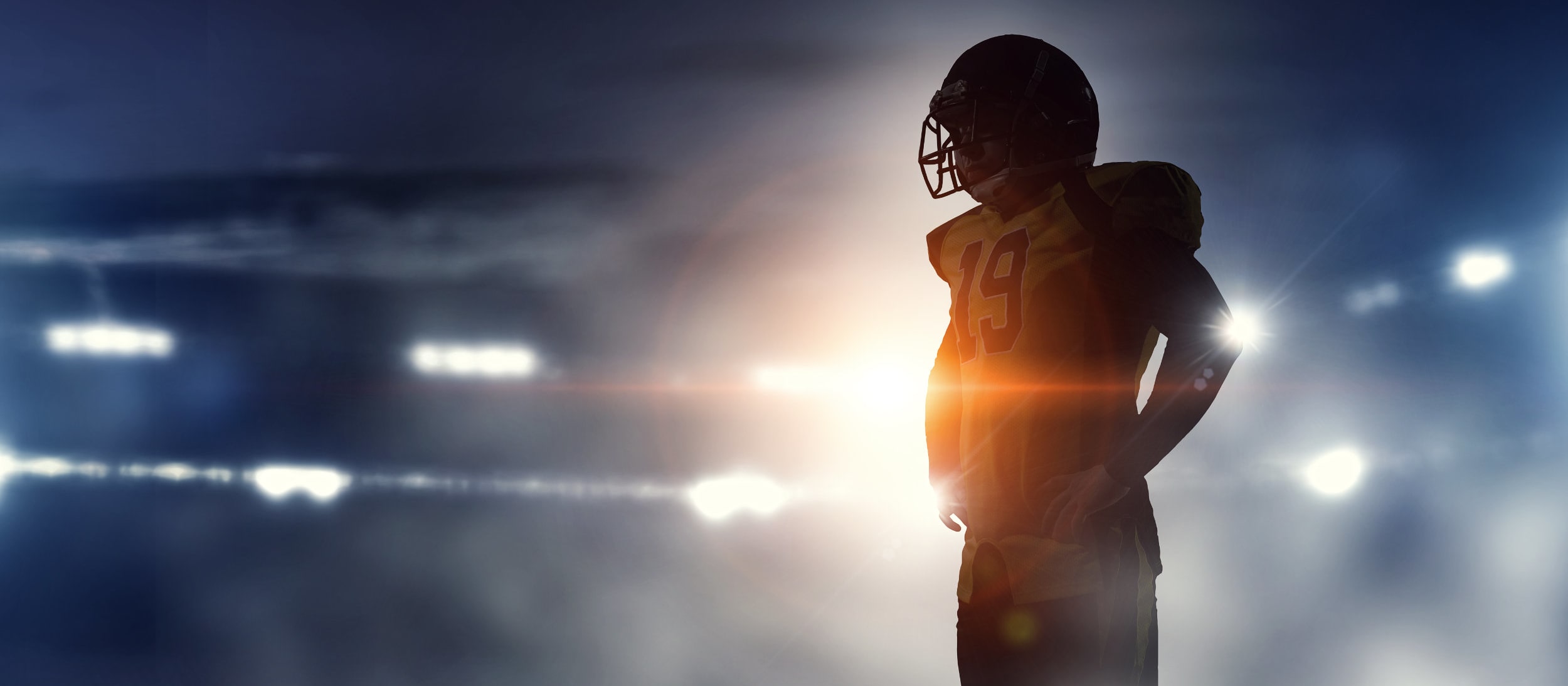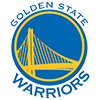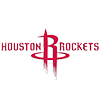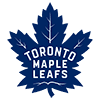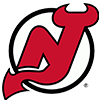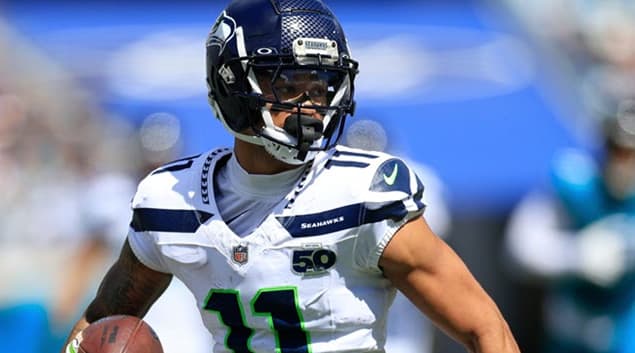Condition Critical
By Stephania Bell, PT, MS, OCS, CSCS
Orthopedic Clinical Specialist
Certified Strength and Conditioning Specialist
RotoWire Injury Expert
Two for the Show
Jerramy Stevens appeared ready to return last week from meniscus surgery on his left knee until - wouldn't you know it - just before the game. Stevens tore his meniscus, one of two fibrocartilage discs that provide cushion and mobility in the knee, in August, just one week after he returned to practice following surgery to the same knee, for the same problem in April. In addition to causing pain, meniscus tears can result in the knee catching or locking, often making it difficult to fully extend and/or flex the knee. This is due to the torn tissue catching in the joint. The surgical correction for this type of injury depends on whether the meniscus is repaired or partially removed. The meniscus does not have a good blood supply, and the size and location of the tear determine whether repair or removal is the best approach. There is a significant difference in recovery time following a true repair versus a partial removal. Whereas a partial removal may result in a player being out anywhere from 4-8 weeks, a repair typically requires a longer, more conservative rehab on the order of 5-8 months.
So why even do repairs if it takes so much longer to return to activity? Like just about everything in the body, if it's not absolutely required that something be removed because of disease or injury, it's better to keep what you have. The lack of a meniscus increases the friction between the two leg bones, potentially accelerating the development of arthritis in the knee. Time frames vary further depending on the extent of the repair (simple or complex) and whether there is any additional damage inside the joint.
As we saw last week, time frames also vary based on how the player "feels" about his knee. Stevens reportedly felt before the game last Sunday that his knee was not right, and the Seahawks wisely held him out. Stevens does not appear on the Seahawks' injury report this week so we should have a chance on Sunday to see how the knee holds up.
Still in the Stable
Colts receiver Brandon Stokley has been sidelined with a PCL (posterior cruciate ligament) sprain in his left knee. Although injuries to the PCL are far less common than those involving their ACL counterpart, they cause similar types of symptoms and limitations. Both ligaments provide stability within the knee joint and give the athlete feedback about where the knee is in space. For this reason, damage to these ligaments, even when minor, causes players to feel unstable and awkward, particularly when adjusting their running speed or changing direction. The posterior cruciate ligament helps prevent the tibia (lower leg) from sliding backward on the femur (thigh bone). Depending on the severity, a sprain to this ligament can cause an athlete to feel like the knee is hyperextending (slipping backwards). These symptoms can be exaggerated when twisting, running or landing from jumps - all things a receiver has to do routinely. A player will often be put in a brace that prevents the knee from hyperextending for a period of time while rehabilitation focuses on strengthening the muscles on the front of the thigh (quadriceps) to help prevent posterior translation (shear) at the knee.
Interestingly, Stokley had been dealing with a nagging high ankle sprain on the same leg. Related? Maybe. It is hard to prove cause and effect, but Stokley had essentially been out since mid-August with the ankle injury, which resulted in instability on the same side, albeit further down the chain. Moreover, Stokley also reported having a PCL injury previously on his opposite knee. While Stokley's history of multiple sprains could simply be due to bad luck, it could also reflect that his collagen, the connective tissue that comprises ligaments, is inherently weak. Some people have naturally looser ligaments, which may be more susceptible to sprains. There isn't much someone can do to alter his genetics, but strengthening the muscles around the joints provides some protection, and training the timing of muscle firing to improve anticipation and reaction responses can help with injury prevention and rehabilitation. Stokley is listed as questionable this week on the injury report, though he is not expected to play. Consider him week-to-week going forward.
My Favorite Martin
Curtis Martin's been on the PUP list, but hopes to return to practice in about two weeks. Martin has extensive cartilage damage (reported as "bone-on-bone") in his knee, which doesn't bode well for him being able to play completely without pain. But the additional time off afforded Martin to rest and get stronger, might mitigate it. While the cartilage damage does not change - that wear and tear, also known as osteoarthritis, is part of his make-up now - some athletes who have worn the cartilage away in their joints are still able to play. Why? The answer is unclear. There may be an inflammatory component. In other words, in the presence of inflammation, which is often induced as a result of vigorous activity, the arthritic knee now becomes more sensitive and painful. In the absence of inflammation, the knee may be stiff and uncomfortable, yet functional. This is why rest factors into the equation for these running backs who have varying degrees of cartilage damage in their knees. Rest allows for inflammation to decrease, and focused strengthening enhances muscular support around the joint, both of which can assist with pain relief. Typically however, the more extensive the cartilage damage, the more likelihood of persistent pain. You have to admire Martin's work ethic and efforts to make it back to the gridiron. Unfortunately, there'ss no telling what the response to this extended time off will be until he attempts to get back to practice.
Other News of Note
Matt Jones with his combo hamstring and groin muscle strains does not appear ready to play this weekend, as he's still not able to practice fully. These injuries have dragged out, as muscle strains can, and his premature return earlier in the season only set him back.
Jeremy Shockey, who had his best performance of the season last Sunday, does not appear on the Giants' injury report this week. He didn't appear to be limping his way into the end zone, either. Next up, Monday Night Football against the Cowboys. Hmmm - seems as if he's feeling better. It's amazing what an outstanding outing can do to assist in the healing process.
I just have to comment on the awesome return of the Panthers' Steve Smith. Not only because I'm writing this week from downtown Charlotte where I have a view of the Panthers' Bank of America Stadium, but more importantly because Smith's return provides excellent evidence of what can happen by allowing a player to return when he is truly ready. Smith made it clear that it was important for him to feel that he was beyond risking re-injury. After a few weeks in action, he is now in true "game-shape" and has been incredibly effective for the Panthers' offense.
Meanwhile, Donte' Stallworth continues to be hamstrung. He's running and doing drills but not practicing fully. This gradual re-integration into elevated levels of practice is important for him to stress his muscle progressively as he works his way back. He is listed as questionable for this week, but given that he hasn't maximally tested his leg, I would be surprised if he plays. His current activity suggests another 1-2 weeks before his return.
Article first appeared 10/20/06


